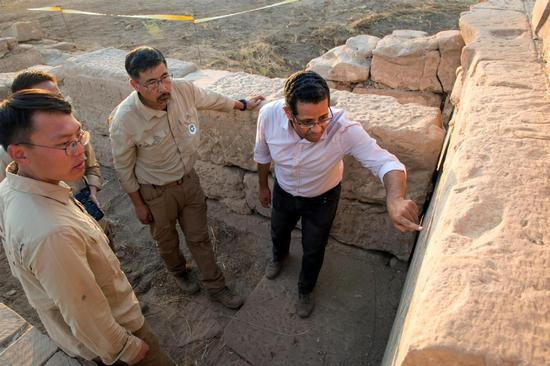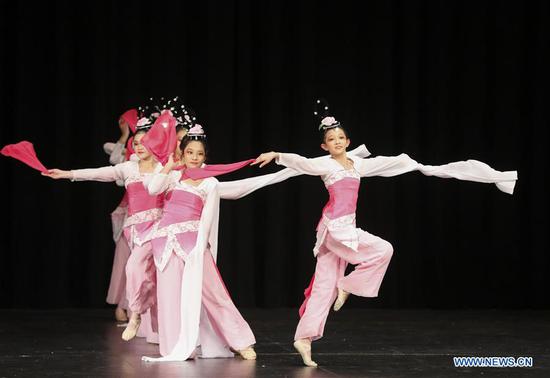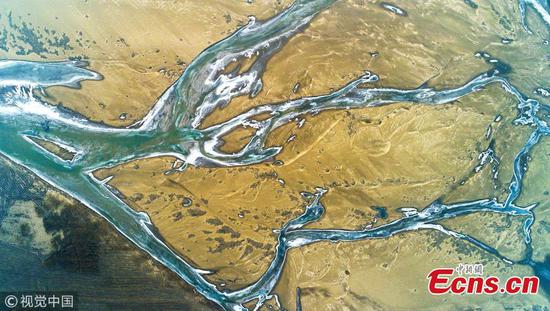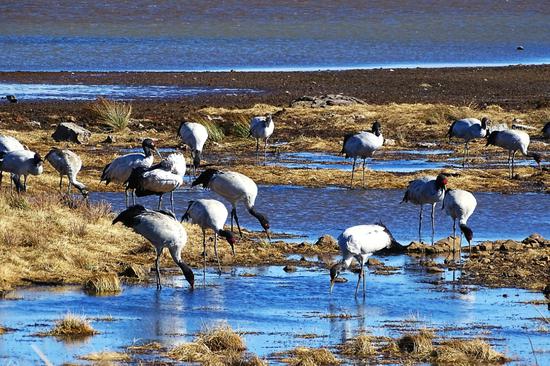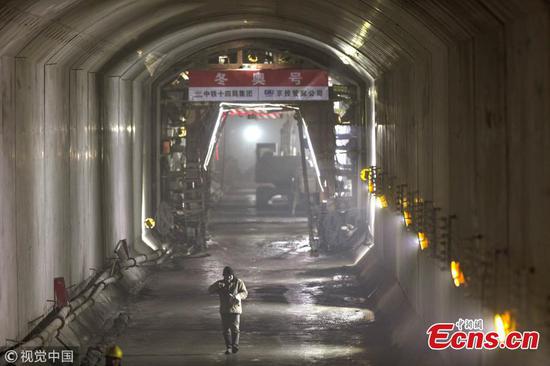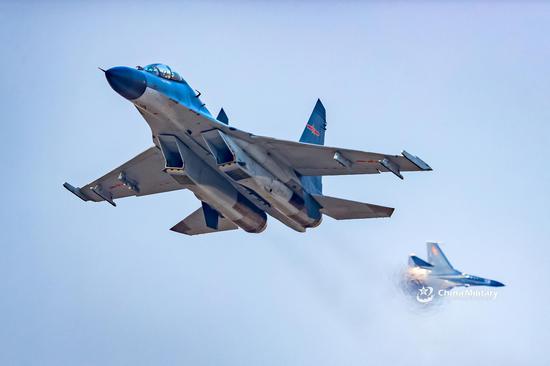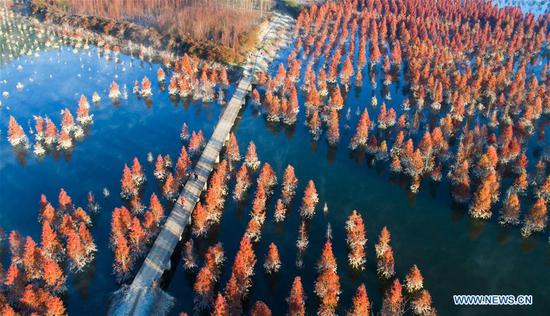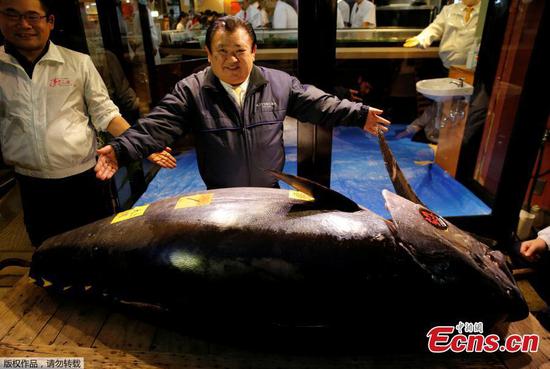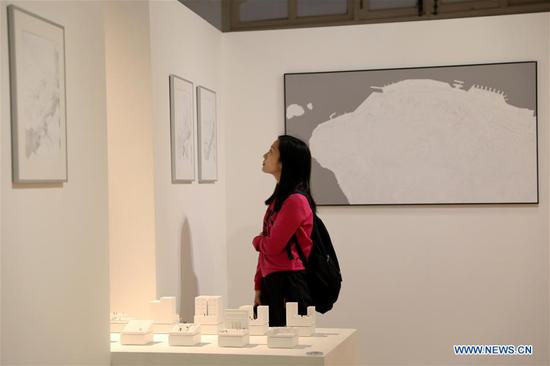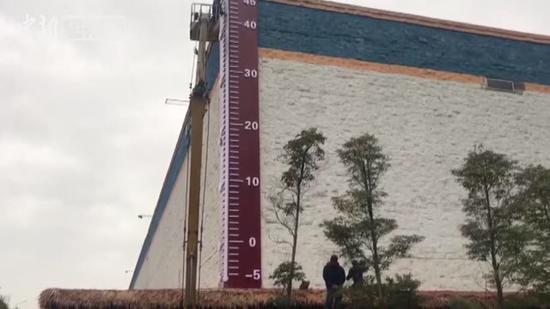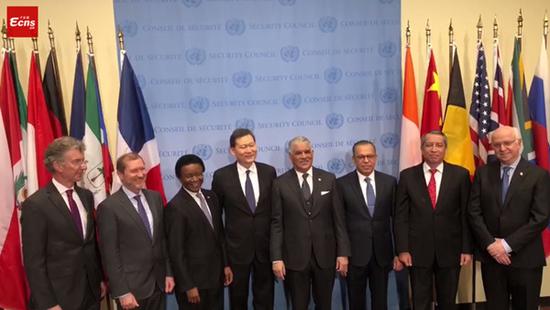Since the start of 2018, the situation on the Korean Peninsula has undergone a huge transition-the most transformative since the nuclear issue arose in 1992. This happened thanks to a major policy adjustment by the Democratic People's Republic of Korea.
The policy change was implied in the 2018 New Year address of the top leader, Kim Jong-un, explicitly demonstrated in the DPRK's interactions with the Republic of Korea during the Pyeongchang Winter Olympics in February, and eventually confirmed at the third Plenary Session of the Seventh Central Committee of the ruling Workers' Party of Korea held on April 20, 2018. At this conference, the national line was changed from developing the economy and nuclear force simultaneously to sparing no efforts on economic construction.
The DPRK froze the nuclear tests on its own initiative, including discontinuing nuclear tests and the test-firing of intercontinental ballistic missiles, pledging to abandon a missile engine test facility and launching stand at Sohae Satellite and Missile Launching Station, and taking extra steps to abandon the Yongbyon nuclear facilities. These moves have shown the DPRK's resolve to cease nuclear and missile weapon development. Meanwhile, DPRK officials have also approached China and Russia to improve relations.
From the external perspective, the Pyeongchang Winter Olympics offered an opportunity for the DPRK and the Republic of Korea to ease tension in their relations. High-level exchanges were resumed and the Panmunjom Declaration was signed during the first inter-Korean summit after several rounds of communication. The second inter-Korean visit was held shortly after the first one, and ROK President Moon Jaein made his first visit to the DPRK, signing the Pyongyang Joint Declaration in September. Consensus has also been reached between the two sides on Kim Jong-un's visit to the ROK. The two conducted extensive interactions and pragmatic cooperation in areas including the military, sports, culture, the economy and trade in 2018, bringing about continued improvement in the situation on the peninsula.
On June 12, 2018, the top leaders of the United States and the DPRK held a historic meeting and issued a joint statement. Within this framework, the two sides pledged to build a new type of relationship between the US and the DPRK and establish a longer-term stable peace mechanism, and the DPRK promised to realize the target of denuclearization. However, due to huge divergences on key issues including the mode and details of denuclearization, the following working meeting achieved no substantial progress. The two sides decided to hold a second summit this year, hoping to carry out the consensus and achieve real results.
Denuclearization refers to renouncing the possession and development of nuclear weapons. In this regard, a country engaged in a denuclearization process dismantles or transfers all of its nuclear warheads, components for nuclear weapons and weapons-grade nuclear materials, discontinues research institutes for nuclear weapons and demolishesor destroys facilities for nuclear weapons production and tests.
In reality, the connotation of denuclearization was expanded, generating two variant concepts. One is "extended denuclearization", which adds uranium enrichment and reprocessing into the definition. The other is "all-around denuclearization", which includes development of the launching vehicle-ballistic missiles-as well as chemical and biological weapons. These two concepts go well beyond the traditional definition of denuclearization.
The US is insisting on a package solution, pushing the DPRK to denuclearize once and for all, and has suggested the "model of Libya". But the DPRK wants to take a step-by-step approach of a phased and synchronized process, with the US responding to each denuclearization move with steps of its own-lifting sanctions, officially ending the Korean War, establishing diplomatic relations with the DPRK and eventually seeing a lasting, peaceful regime on the peninsula.
Meanwhile, the US CVID (complete, verifiable and irreversible denuclearization) proposal includes not only uranium enrichment and reprocessing, but also ballistic missile and chemical and biological weapons, hence the term "all-around denuclearization".
Regarding the root causes of the Korean Peninsula nuclear issue and the current situation in the region, denuclearization is not likely to be achieved in the short run. The DPRK will not completely abandon its nuclear capability before it gets reliable safety guarantees, but a complete abandonment of nuclear weapons is the precondition required by the US before giving the DPRK that safety assurance.
On the other hand, if the DPRK meets the denuclearization target, reconciles with the ROK and establishes a lasting peace mechanism, the US-ROK military alliance and US military presence in Northeast Asia will become a problem. The strategic dominance and control of the US in Northeast Asia will also be in doubt. It's not likely that the US could accept this prospect.
Although denuclearization is not possible in the short run, the situation on the peninsula could well improve. It's possible not only because of the major national policy change of the DPRK, but also the consensus and joint efforts of related countries, of which the role of the ROK is critically important. As a stakeholder in the peninsula issue and a party to the US-ROK military alliance, the ROK can take active measures to adjust its relations with the DPRK and contain military actions taken by the US and the ROK.
Other countries in the region also shoulder responsibility and a duty in this regard: They should resolutely support the improvement of relations between the DPRK and the ROK, promote their own bilateral ties with the DPRK and encourage it toward a path of opening up to and integrating with the world. They also need to push in the United Nations for easing sanctions on the DPRK, support its economic construction and include it in regional economic development in Northeast Asia.
The author is senior research fellow and vice-director of the Institute of World Economics and Politics at the Chinese Academy of Social Sciences.









